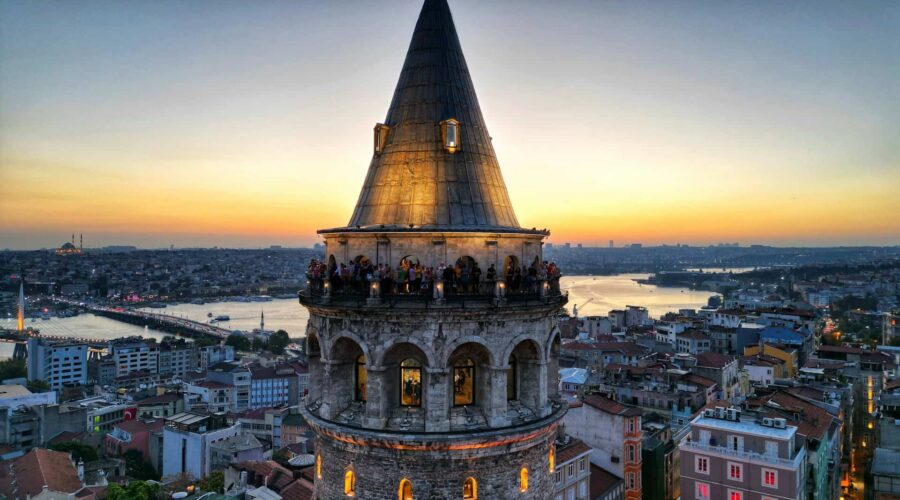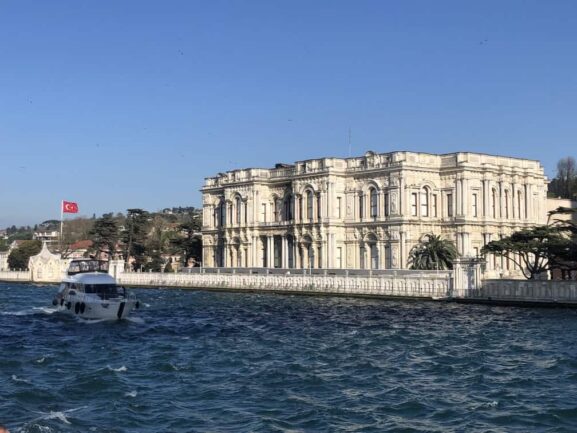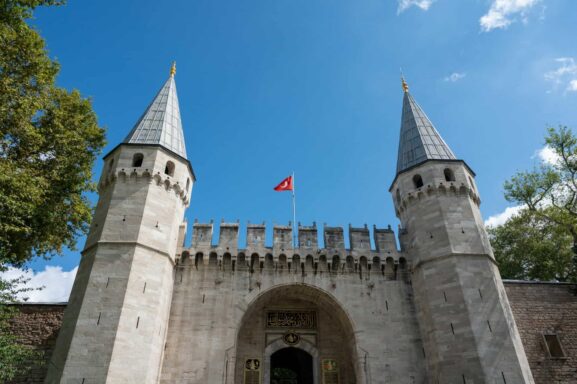Galata Tower – Watching Over the Waters of Time
From the waters of the Bosphorus, the Galata Tower rises like a sentinel — ancient, enduring, and ever watchful. Its silhouette anchors the northern skyline of Istanbul, a familiar shape to those who sail beneath it.
Table of Contents
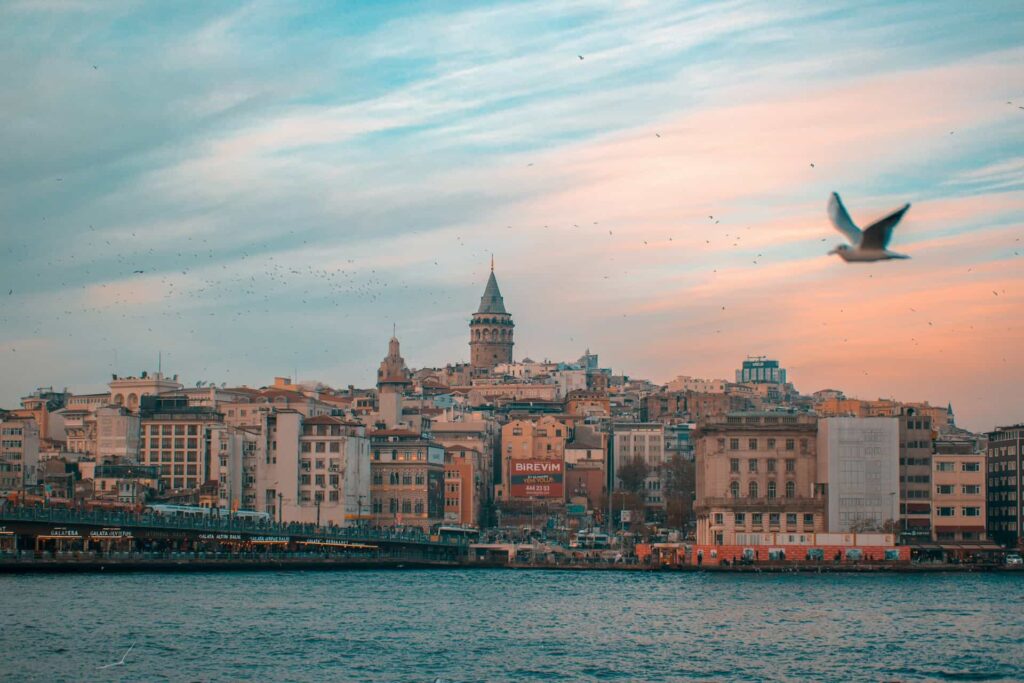
Introduction to the Tower
Perched atop the hills of Karaköy, the Galata Tower (Galata Kulesi) is more than just a medieval structure — it is a story etched into stone. Built to defend, expanded to impress, and preserved to inspire, the tower has long been part of Istanbul’s collective memory.
From the deck of a boat, it greets you between sea and sky — a monument that has witnessed empires rise and fade, and generations change. Whether you see it as a relic, a lookout, or simply a beautiful form against the horizon, Galata Tower remains one of the city’s most symbolic landmarks.
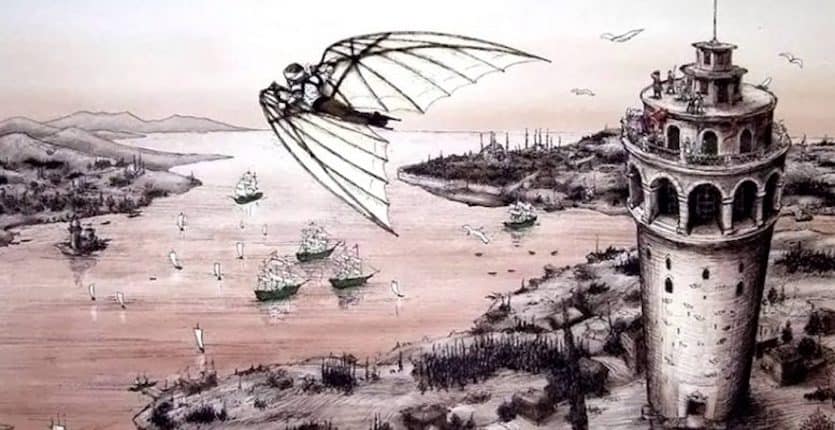
A Tower Through the Ages
Built, burned, rebuilt, repurposed — the Galata Tower’s past is as layered as the city it rises above.
Byzantine Beginnings
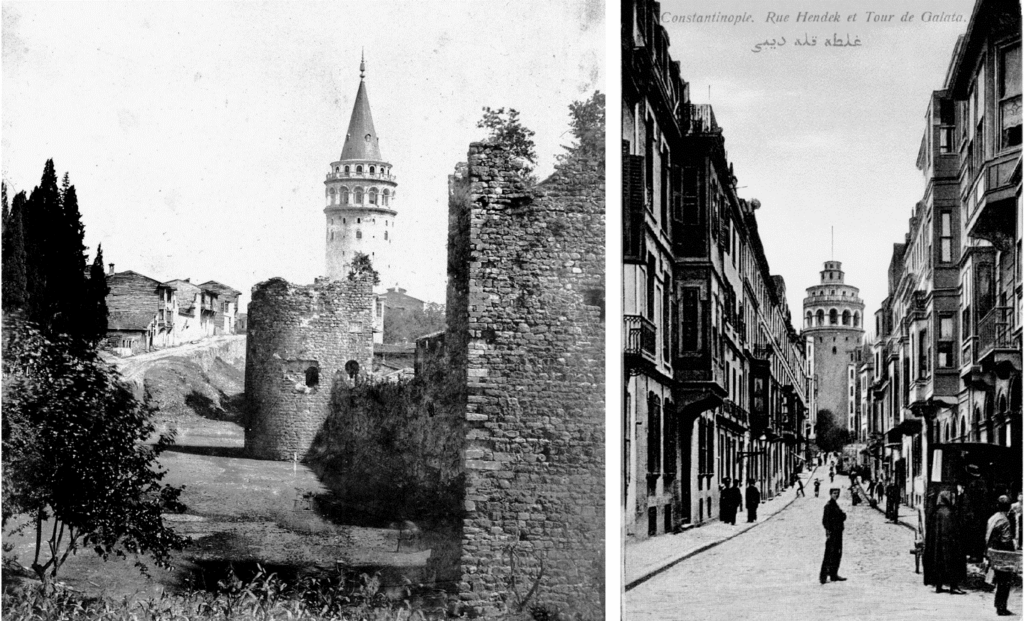
First fortified in the 6th century during the reign of Justinian I, the tower’s early versions served as military outposts protecting Constantinople’s northern gateway.
Genoese Reinvention (1348)
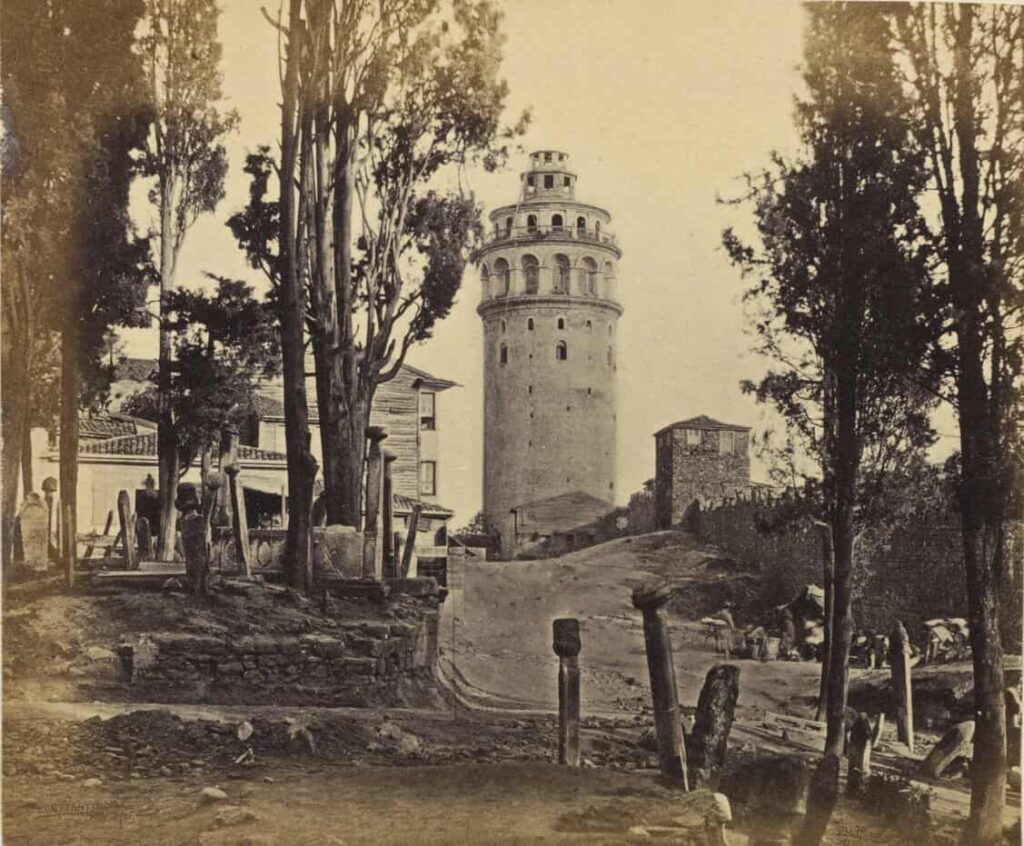
The structure we see today was erected by the Genoese colony of Galata, in Romanesque style, and named Christea Turris — “The Tower of Christ.” It became the tallest structure in the city at the time, forming part of a defensive wall system.
Ottoman Chapter
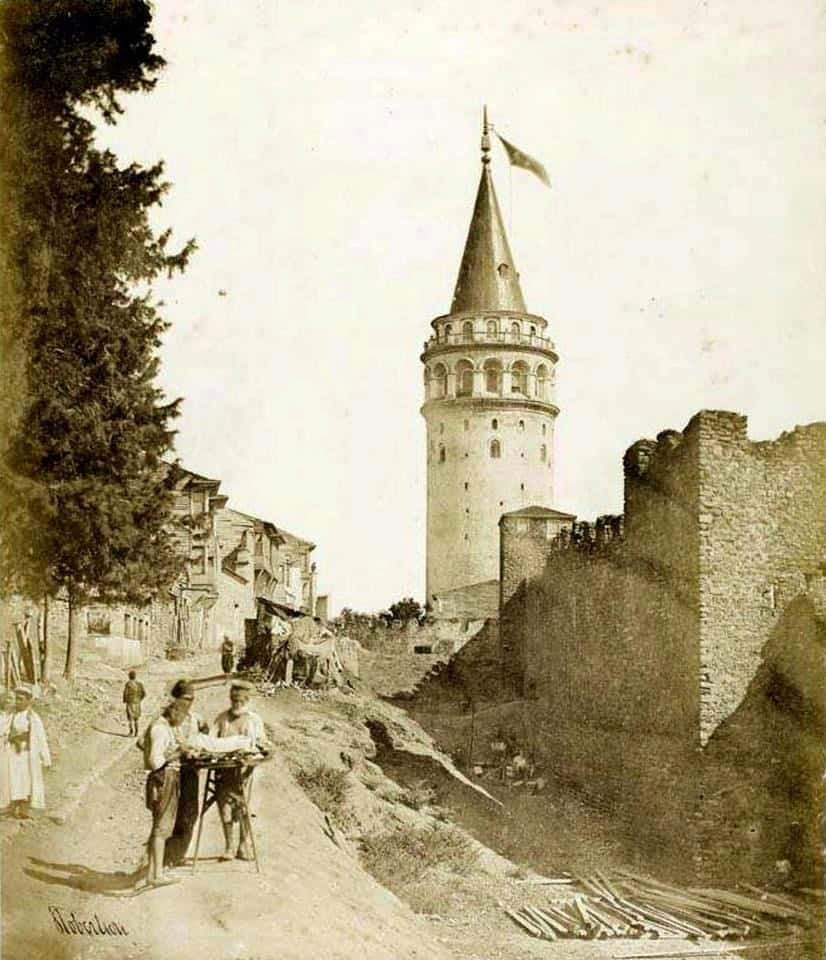
After the Ottoman conquest of 1453, the tower served multiple roles — from a fire lookout and prison, to the site of Istanbul’s first legendary flight. Hezarfen Ahmed Çelebi is said to have launched himself from the top with handmade wings and glided across the Bosphorus.
Modern Restorations

The tower survived fires, lightning strikes, and earthquakes. Its most significant restorations came in the 1960s and 2020, when it was carefully modernized and opened to visitors as a museum and cultural site.
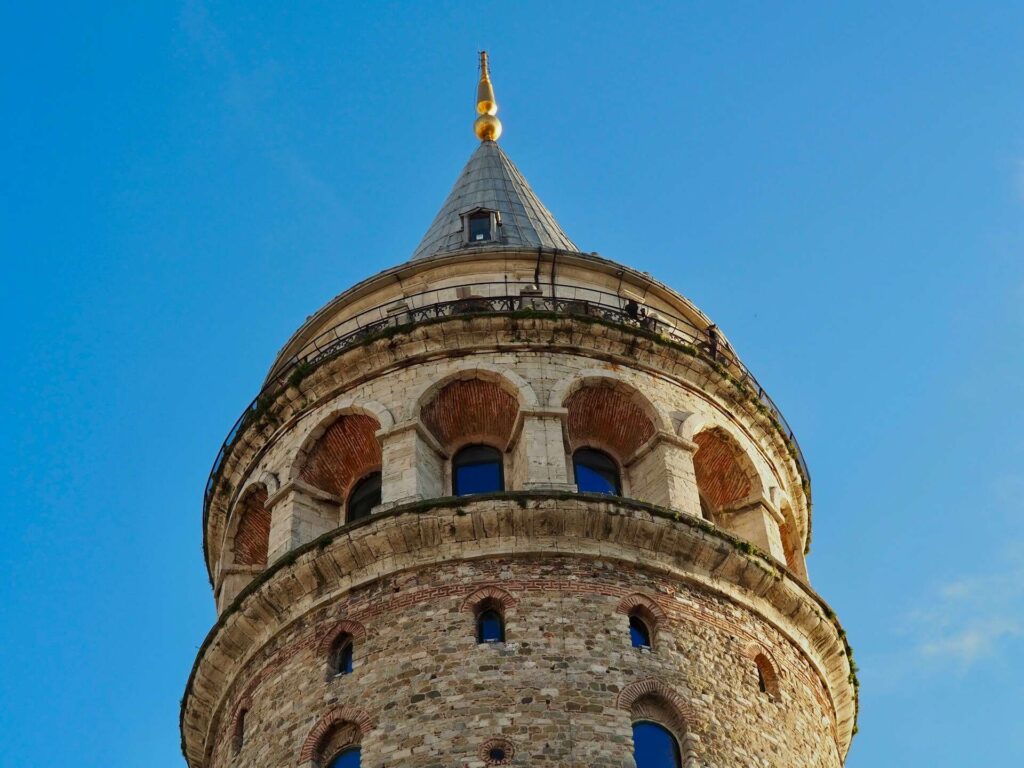
What Awaits You at the Top
The Galata Tower stands over 60 meters tall, with nine floors and thick stone walls that echo centuries of history. A conical roof crowns the cylindrical structure, making it one of the most iconic elements of Istanbul’s skyline.
Inside, two elevators take you nearly to the top, where a spiral staircase leads to the observation deck. From there, visitors enjoy 360-degree views of the Bosphorus, the Golden Horn, the Princes’ Islands, and the domes and minarets of the historic peninsula.
The interior also includes a compact museum, interactive exhibits, and a gift shop offering unique Istanbul memorabilia.
Plan Your Visit
📍 Location: Karaköy / Beyoğlu, easily reached from the Galata Bridge or Istiklal Avenue
🕒 Opening Hours: Daily from 08:30 AM to 10:00 PM
💰 Entrance Fee: Approx. €30; discounts available; Museum Pass Türkiye accepted
🛗 Access: Two elevators + final stairs to the top
☕ Pro Tip: Go just before sunset for the best light and fewer crowds
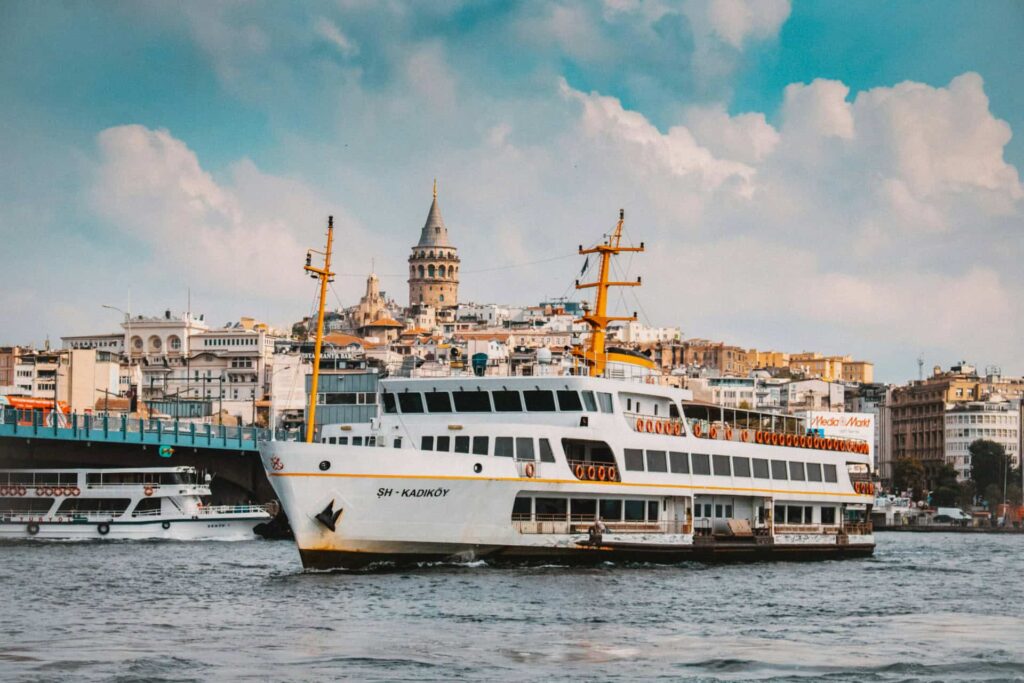
A Tower Framed by Water
From the Bosphorus, the Galata Tower doesn’t just rise — it commands. Towering above Karaköy’s historic rooftops, it emerges like a crown atop the city’s northern edge. In the early morning light or under a golden dusk, its stone facade absorbs and reflects the colors of the sky, offering a timeless silhouette to every passing vessel.
As your cruise glides past the mouth of the Golden Horn, the tower feels like an anchor point — tying together the city’s layered history, its east-west geography, and its architectural evolution.
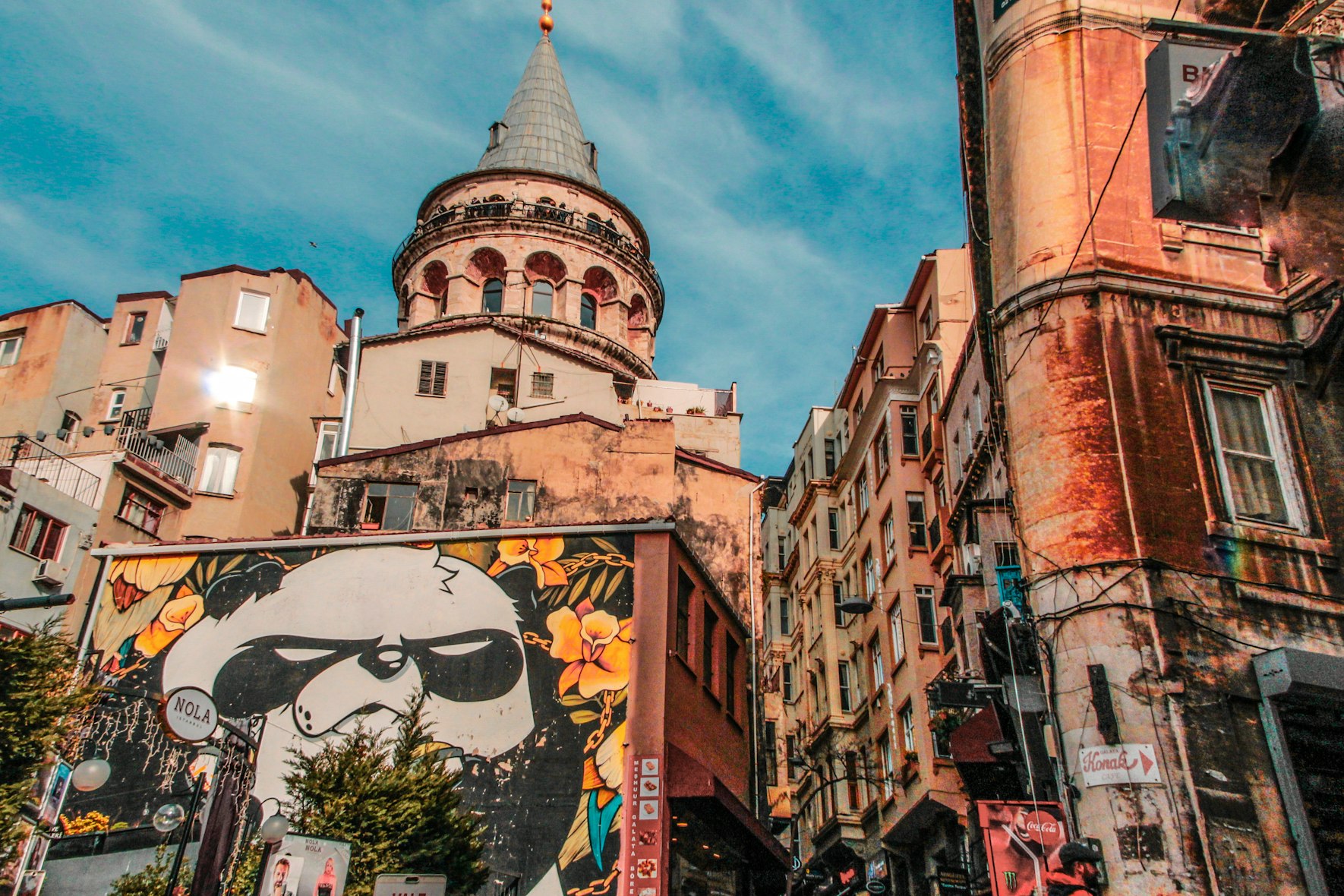
Discover It with Us
At CruiseBosphorus.com, we believe the best views of Istanbul’s landmarks come not from queues or rooftops — but from the water. While thousands visit the Galata Tower each year, few see it from this angle: majestic, serene, and perfectly framed by the Bosphorus itself.
Whether you’re joining a group cruise, booking a private yacht, or planning a sunset sail, Galata Tower will be there — as it has always been — watching over the waters of time.

